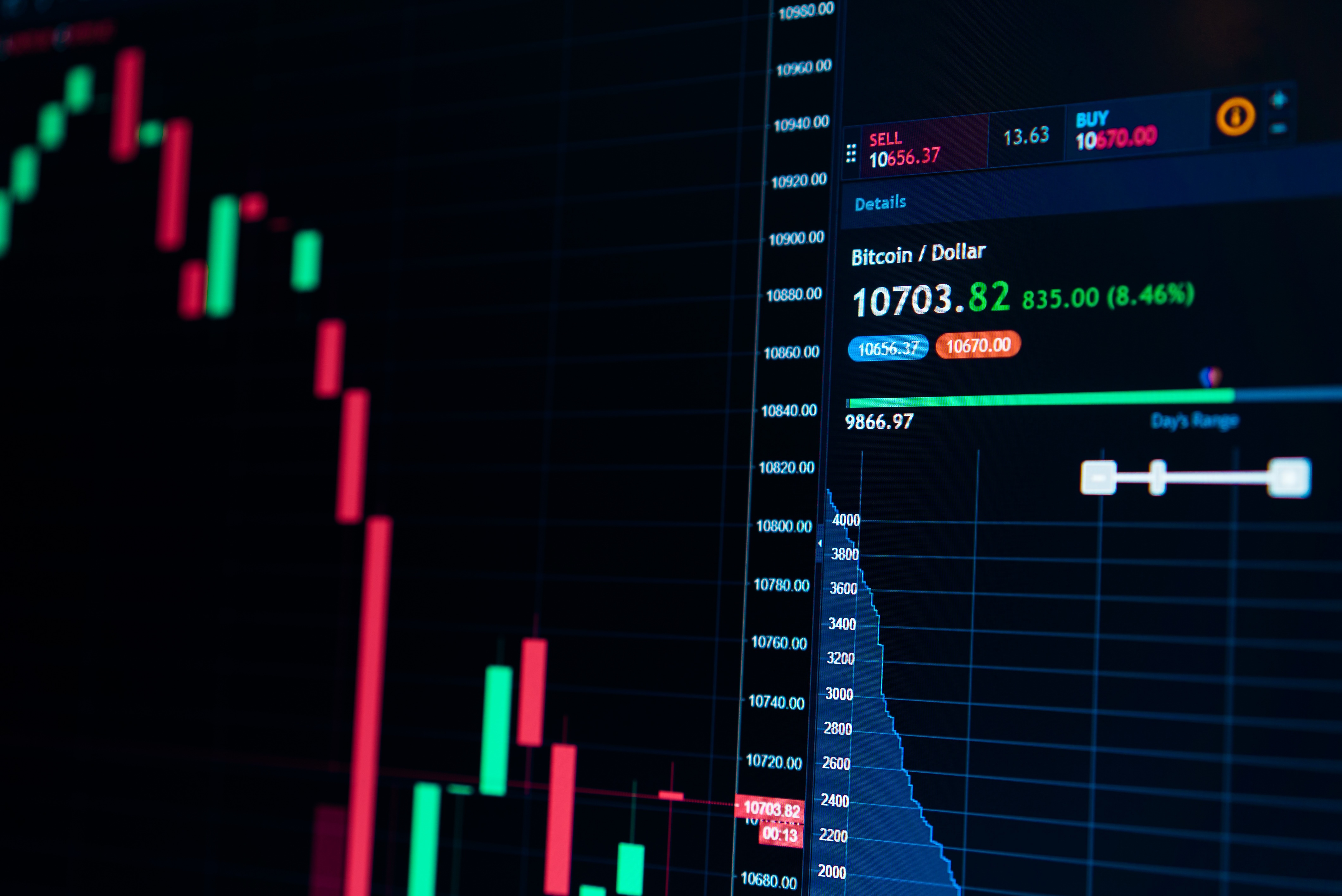Market Transparency Rules: Enhancing Fairness in Trading Practices

Market transparency rules have become a fundamental aspect of modern trading practices, aiming to create an environment that promotes fairness and integrity. These regulations are designed to provide clarity and accessibility regarding market activities, enabling participants to make informed decisions based on reliable information.
Understanding Market Transparency
Market transparency refers to the degree to which information regarding trading activities and market conditions is made available to all participants. This concept is essential for fostering trust among investors, as it reduces the potential for manipulation and ensures that all stakeholders operate on a level playing field. The implementation of transparency rules helps facilitate efficient pricing mechanisms, ultimately benefiting the overall economy.
The Importance of Regulation
Regulatory bodies are tasked with establishing market transparency rules that govern the behavior of market participants. These regulations serve multiple purposes, including protecting investors from fraudulent practices and enhancing the overall stability of financial markets. By ensuring that critical information is disclosed in a timely manner, regulators aim to minimize asymmetries in knowledge among traders.
Key Components of Transparency Rules
Transparency rules typically encompass various elements such as reporting requirements for trades, disclosure obligations concerning financial instruments, and guidelines for public communication by companies. These components work together to ensure that traders have access to relevant data about price movements, trading volumes, and other pivotal factors influencing their investment decisions.
Challenges in Implementation
While market transparency rules are designed with good intentions, their implementation can pose challenges. Different markets may have varying levels of sophistication and resources available for compliance. Additionally, there can be resistance from some market participants who may prefer less disclosure due to competitive concerns or a desire for privacy regarding their trading strategies.
Future Directions in Market Transparency
As financial markets continue evolving with advancements in technology and changing investor needs, there is an ongoing discussion about how transparency rules should adapt accordingly. Future developments may focus on enhancing digital reporting systems or utilizing blockchain technology to improve data accessibility while maintaining security protocols.
In summary, market transparency rules play a crucial role in ensuring fairness within trading practices by promoting informed decision-making among investors. While challenges exist in their application across diverse markets, ongoing efforts are aimed at refining these regulations to meet contemporary demands.
This text was generated using a large language model, and select text has been reviewed and moderated for purposes such as readability.











